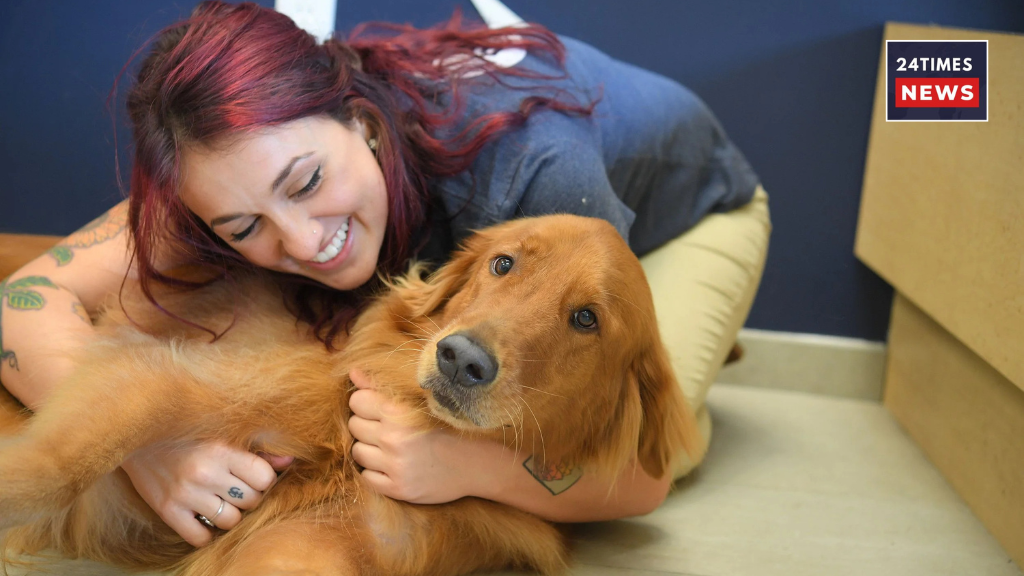skin infections
Dogs as pets are a member of our family. Maintaining their health is just as crucial as caring for a human. However, owners frequently overlook red spots or itching, which can later progress to severe skin diseases.In addition to causing dogs ongoing pain and discomfort, these infections have the potential to become fatal if treatment is delayed.Bacteria, fungus, or parasites are examples of infectious organisms that can cause skin infections. It can affect all parts of the skin, including the hair and nails, as well as the inside of the nose and ears.Depending on the type of infection, the disease’s intensity might range from extremely minor to severe and itchy. Certain organisms that cause skin illnesses can spread to other mammals through direct touch or the environment, making them transmissible (or infectious). Additionally, certain illnesses are brought on by organisms that are regularly found on the skin but are not thought to be communicable.
What signs of a dog skin infection are present?
Dog skin issues can begin slowly, and owners aren’t always aware of them right away. At first, there are just slight red spots or itching, but as the condition worsens, it may cause sores, stench, and ongoing hair loss. The infection may worsen if these symptoms are not treated right away.

How harmful may dog skin diseases be?
Skin infections start off as a little rash or itching, but if left untreated, they can spread throughout the body and result in swelling, pus, and excruciating agony. Infections can occasionally become life-threatening when they spread into the blood. Therefore, as soon as the first symptoms show up, treatment is required.
Reasons for Dog Skin Infections
Dog skin infections have a variety of causes. Certain infections are primary infections, meaning that an infectious organism is the direct cause of the infection. An underlying illness process that causes an infection is the cause of further infections, which are secondary infections.
First Infection
One example of a primary parasitic skin illness is scabies. By coming into close touch with an infected animal, dogs can contract scabies. The disease’s clinical symptoms are subsequently brought on by the scabies mite. One example of a primary fungal infection is ringworm, which is contracted by coming into touch with infected people or an infected environment, such as soil.

Recurrent Infection
Skin allergies are a common cause of subsequent skin infections. Skin inflammation brought on by allergies creates an environment that is conducive to the growth of organisms. A bacterial or fungal skin infection can result from the proliferation of bacteria or fungi that typically reside on the skin.
Itching, irritation, and allergy may result from shampoo that is not selected based on the dog’s skin type or that contains harsh chemicals and strong smells. Always use a gentle shampoo that is safe for dogs and suggested by a veterinarian. Humans can contract some skin illnesses, such as ringworm or scabies. We refer to these as zoonotic illnesses. As a result, keep the dog apart and take it to a veterinarian right away if you see rashes or itching on its skin.





